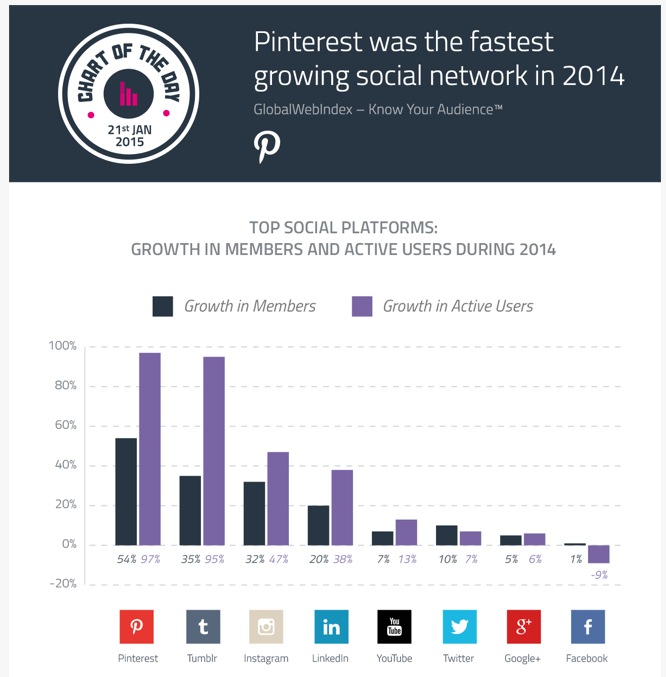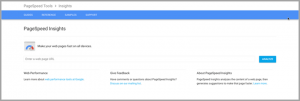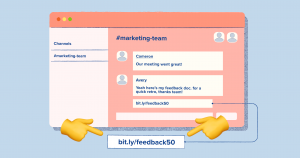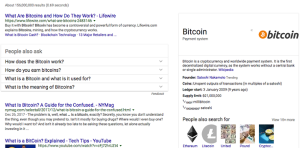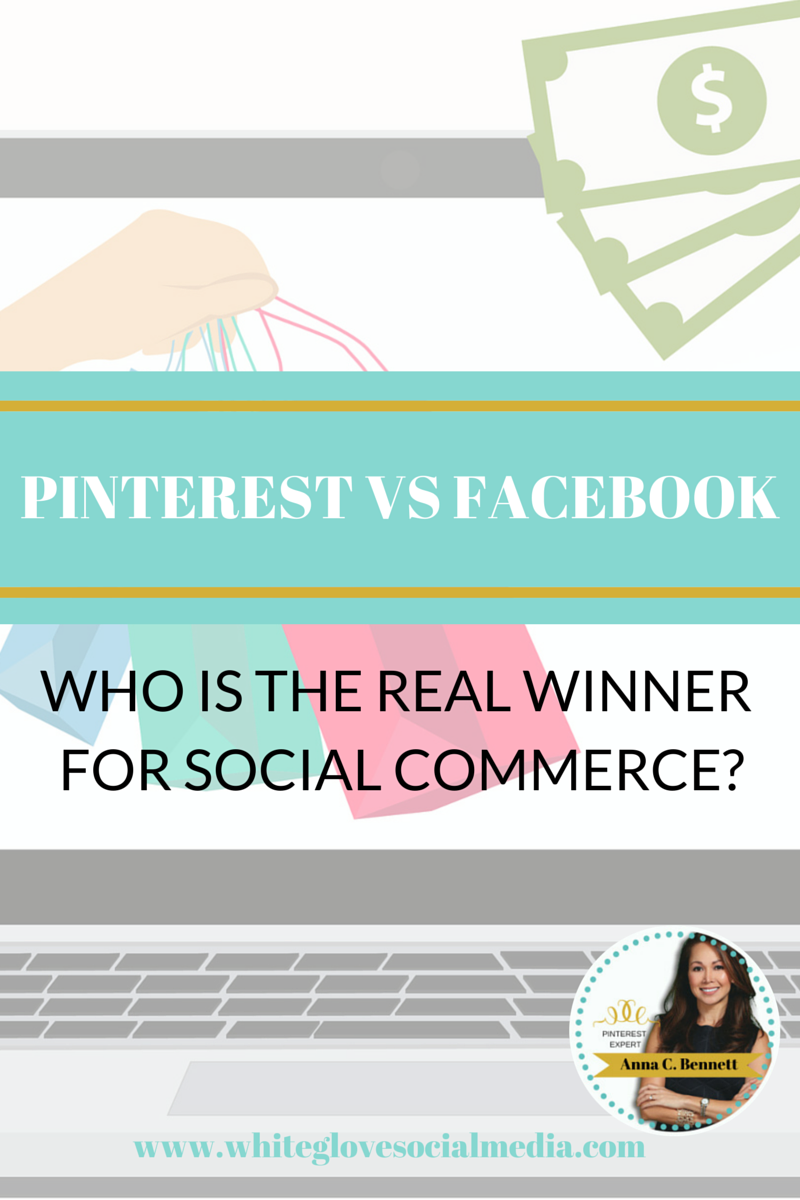
You can no longer ignore the formidable power of Pinterest. If you do, you are foolishly turning away sales. Many businesses think that Facebook is the obvious choice for their social media marketing because of its sheer growth in users. However since January 1st, organic visibility in the Facebook news feeds has gone down dramatically for businesses. This is partly due to the change Facebook made to reduce the use of push marketing messages.
With 1.35 billion active monthly users, Facebook continues to be the world’s largest social network by some margin, but when it comes to picking up new users the results appears to be trending downwards for them. New Research out today from the Global Web Index notes that Pinterest has taken the lead with a 57% growth rate while Facebook’s membership base grew by only 6% by comparison.
What’s that telling you? More and more people are flocking to Pinterest.
“Mostly, it’s the big brands that are interested in this visual network because Facebook isn’t working as well; they are looking elsewhere to find the sort of engagement that Facebook hasn’t delivered,” said Nate Elliott, vice president and principal analyst with Forrester Research.
Whereas Pinterest is established at the core as a social commerce platform Facebook is not and is now experimenting to become more known to business as a social commerce driver. It looks like they are trying to evolve and catch up to Pinterest.
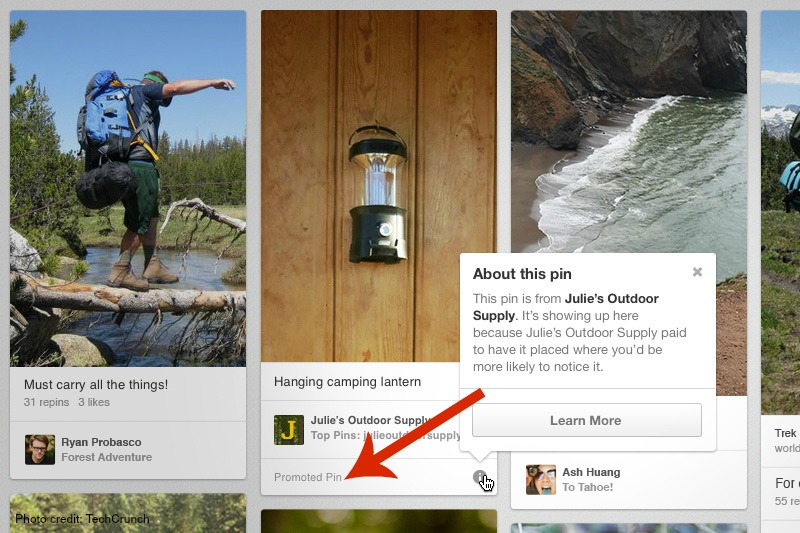
Pinterest on the other hand is operating full speed ahead and has been offering Promoted Pins which is a pay for click ad feature for quite some time. The cost per click might vary and the amount spent per day will be dependent on the number of clicks you receive. You’re competing against other people who are bidding to show their pins to a similar audience. This doesn’t mean that you’ll necessarily pay the full amount that you’ve bid, which is why you might see your average cost per click lower in your metrics. Pinterest is using a second-price auction model. That means you’ll only be charged what you would have needed to pay in order to beat the next bidder in the auction.
Facebook announced its Buy button test in July, saying it would be offered to a few small and medium-sized businesses in the United States. It looks to me like they are trying to offer businesses more value in order to catch up to the business driving value Pinterest is already delivering to its users.
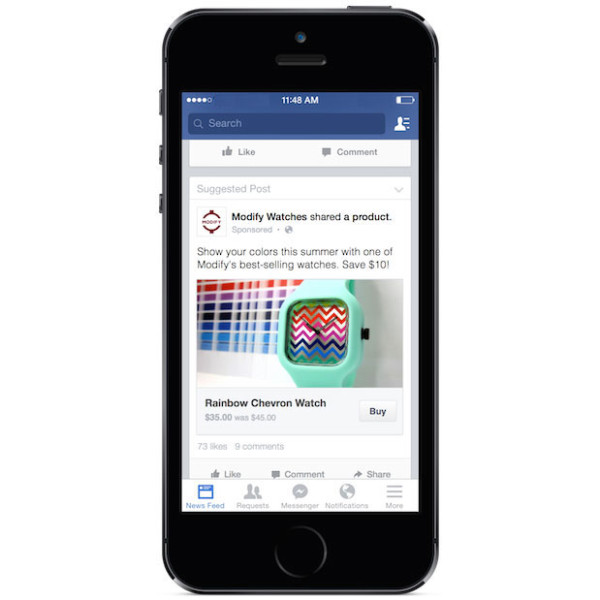
Photo credit: Marketing Land
According to multiple sources Pinterest could launch a “buy” button in as early as three to six months in some sort of a limited trial that would allow pinners to order and purchase things they discover on Pinterest Recode reports. Transactions would reportedly be handled by a payment company called Stripe, a San Francisco-based start-up that has similar deals in place with both Twitter and Facebook. At the Code/Media conference Joanne Bradford, head of Partnerships for Pinterest wouldn’t comment on plans for a “buy button,” or an eventual IPO. But she did say that the way people naturally behave on Pinterest sets it up for massive growth.
Pinterest, still in its infancy, now has the top spot in terms of buzz and attention for social commerce. Plus, in terms of measurable, financial business impact it is for sure producing big time. Which of course, is why businesses of all kinds; big and small are flocking to this visual discovery tool.
What’s promising for Pinterest’s business potential: two-thirds of all content on Pinterest is from businesses, and people seem to like that content – the platform has more than 30 billion Pins on more than 750 million boards.
Check out some of these stats:
1) 84% of women on Pinterest have ordered something online in the past 3 months.
2) Pinterest was the fastest growing social network in 2014. Of the 8 biggest social networks, Facebook was the only one to experience a drop.
3) IBM analyzed Christmas sales across two leading sites, Facebook and Pinterest. Facebook referrals drove an average of $ 89.80 per order, while Pinterest referrals averaged $ 99.86 per order.
4) According to a new report from Experian Marketing Services Pinterest drives more traffic to retailers websites than Facebook. Pinterest at 10.9% vs. Facebook at 5.3%.
5) Shopify, a leading commerce platform for over 100,000 stores, says many of their online merchants see significant referral traffic from Pinterest.
6) There are more than 1.7 billion beauty-related Pins and 44 million beauty boards. It’s no surprise then that women on Pinterest are 28% more likely to be beauty shoppers than the average woman, according to comScore.
7) Women on Pinterest are 30% more likely to shop or buy online than the average woman and Pinterest users spend nearly 2x the norm!
8) About 33 percent of American women use Pinterest, according to data from the Pew Research Center. Let’s not forget that women traditionally make most of the household buying decisions.
9) Over three quarter of Pinterest users visit the site to get inspiration on what to buywhile only 17% of Facebook users visit Facebook for buying inspiration.
10) Although Facebook and Twitter both have a larger user base, their users are far less likely to buy than Pinterest users following an interaction and average order value for Pinterest is a 1/3 higher than Facebook’s and more than double that of Twitter. Millennials, also known as Generation Y, are defined as the demographic cohort born between 1980 and 2000.
11) Pleased Pinners make Pinterest number 1 in social media. Pinterest users have a high rate of customer satisfaction.
The beautiful thing about Pinterest is that shoppers go there for inspiration on what to buy. Pinterest’s search engine is like using Google’s search tool. Pinterest’s Guided Search tool helps you to explore different options and then it narrows your options. This doesn’t happen on Facebook which is why Pinterest looks like it will continue to rule social commerce.
Pinterest users are on the site actively looking for something to meet their needs because they are on the site largely with a shopping mentality.
While conversations are the main focus on Facebook and Twitter compared to shopping. At the end of the day you want a lucrative audience buying your stuff and Pinterest more than any other social platform helps to facilitate that. Isn’t that the whole point of having a website or blog…promoting your commercial offer?
Bottom line: Get on Pinterest before your competition does and takes market share from you.
Not sure where to start? Get Chapter 1 of my Pinterest Marketing for Business course, free.
(387)

